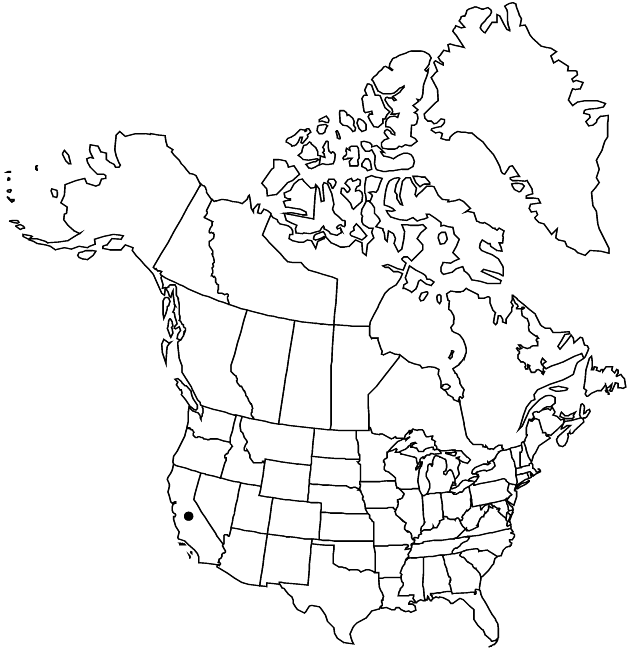Lessingia hololeuca
Fl. Francisc., 377. 1897.
Plants 5–40 cm. Stems usually erect, rarely decumbent, tan, villous to tomentose. Leaves: basal persistent at flowering; cauline margins entire, faces eglandular, abaxial tomentose (± glabrescent). Heads borne singly or in corymbiform arrays, usually at ends of branchlets. Involucres broadly obconic, (5–)8–13 mm. Phyllaries purple-tipped, faces tomentose, eglandular; inner scarious. Disc florets 10–20; corollas lavender (color more intense in tubes); style-branch appendages lanceolate, 0.4–0.8 mm. Pappi tan, equaling or longer than cypselae. 2n = 10.
Phenology: Flowering Jun–Oct.
Habitat: Coastal scrub, chaparral, grasslands, open fields, roadsides, sometimes serpentinite or alkali soils
Elevation: 10–300 m
Distribution

Calif.
Discussion
Lessingia hololeuca is known from the San Francisco Bay area, southern Sacramento Valley, and southern North Coast Range. Plants from near Calistoga in Napa County that occur on geothermally influenced, alkali soils are somewhat distinct from other populations (leaves are persistently tomentose and are more crowded).
Selected References
None.